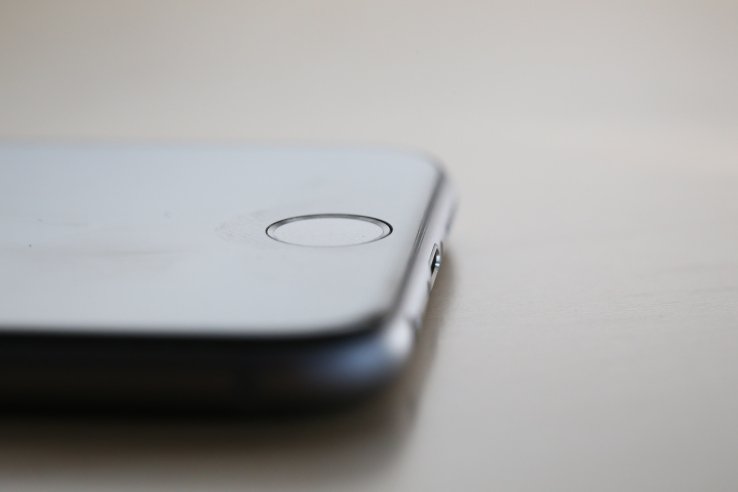

If you’ve been following Apple for a few years, you know that the company loves to remove buttons, ports and everything that sticks out. According to a new report from Mark Gurman, Apple plans to replace the good old physical home button with a pressure-sensitive button that provides haptic feedback.
This change would remove a recurring point of failure for iPhone owners. The last time I took the subway in Shanghai, many people couldn’t use the physical home button on their iPhones anymore. Instead, they were using AssistiveTouch, a virtual home button that you can trigger from the phone’s display.
Don’t forget that the home button is also in charge of scanning your fingerprints with Touch ID. Replacing the home button isn’t easy or cheap. If a third-party repair shop replaces your home button, you won’t be able to use Touch ID anymore and it weakens the security of your phone as the secure enclave is disabled.
Here’s how I explained the secure enclave back in February:
“… your fingerprints are stored on a secure enclave. The secure enclave is a coprocessor that utilizes a secure boot process to make sure that it’s uncompromised. It has a secret unique ID not accessible by the rest of the phone or Apple — it’s like a private key. The phone generates ephemeral keys (think public keys) to talk with the Secure Enclave. They only work with the unique ID to encrypt and decrypt the data on the coprocessor.”
And if you don’t want to make the secure enclave useless, you’ll have to pay between $269 and $329 to replace the home button and keep Touch ID — not the best customer support experience. That’s why replacing the home button with a touch surface will make many people happy. And Apple doesn’t want to recreate another ‘Error 53’ iPhone bricking incident.
But how does Apple plan to make it look and feel like a home button? Apple has been using haptic feedback in its MacBook and latest trackpads as well. Instead of a physical click, trackpads generate haptic feedback to trick your mind into thinking that you actually clicked on the surface. And it works remarkably well.
The iPhone 6s already features a Taptic Engine to generate haptic feedback for 3D Touch actions. If you press deeply on an icon, the iPhone subtly vibrates to indicate that you’ve triggered a 3D Touch shortcut.
Apple could go one step further and use the same kind of technology to generate home button clicks without actually shipping a physical button. It would make it easier to improve water resistance as well. There have been multiple reports of a haptic-powered home button already.
As for other rumors, Gurman confirms many things we already reported. The iPhone 7 won’t have a headphone jack. Apple will put a second speaker and try to make people switch to wireless headphones instead. The iPhone 7 Plus will have a dual-camera system to improve image quality, low-light performance and more. And finally, the iPhone 7 will have more or less the same external design as the iPhone 6s without the antenna lines across the back.
Apple is expected to announce the successor to the iPhone 6s in early September.

